
President Trump’s latest promise to tackle homelessness in Washington represents everything wrong with American politics: grand gestures that avoid the actual problem while feeding the systems that perpetuate it.
His pledge to move the homeless “FAR from the Capital” and make the city “more beautiful” reveals the shallow theatrics that pass for governance. It also exposes something more disturbing — the deliberate preservation of a crisis that has become too profitable to solve.
The uncomfortable truth is that homelessness could be eliminated relatively quickly. Cities like Houston have demonstrated this, reducing their homeless population by more than 60 percent through direct housing programs and coordinated services. The model works: provide immediate shelter, mental health treatment, and job training while removing bureaucratic barriers that trap people in the system. It’s neither complicated nor costly next to the waste built into the current approach.
Yet Washington, like most major cities, maintains a sprawling homelessness industry that consumes hundreds of millions annually while producing minimal results. What looks like incompetence often hides intent. This isn’t conspiracy-board paranoia; it’s how entrenched systems protect themselves.
In the homelessness sector, funding formulas reward headcounts, not housing placements. Nonprofits and agencies grow their budgets by proving the crisis persists, not by ending it. Decades of “war on” campaigns, from poverty to drugs, show that failure can be more lucrative than success. A permanent crisis secures permanent funding, staff and programs, each justified by the very problem they’re meant to solve.
The result is a system engineered for motion without progress. Cities pour hundreds of millions into temporary shelters that warehouse people indefinitely, rather than into permanent housing that costs less and works better. They bankroll study after study, convene blue-ribbon panels, and produce glossy reports that “uncover” the same solutions identified decades ago, then promptly ignore them.
They pile on bureaucratic hurdles so thick that accessing help becomes a full-time job, then employ armies of case managers to shepherd people through the maze they have created, keeping both the clients and the jobs in place. It’s Kafka with a dash of cold-blooded commerce.
Trump’s approach slots neatly into this dysfunction. Shuffling homeless people out of sight solves the visibility problem, not the crisis itself. It’s urban planning as cosmetics — scrubbing the streets for cameras while leaving root causes untouched. Business interests get their clean sidewalks, political interests get their “tough on disorder” talking points, and the homelessness industry gets to keep the very problem that sustains it. The faces change, the tents move, but the machinery — and the funding it feeds on — remains untouched.
Actual solutions threaten too many protected interests. Direct cash assistance slashes the need for sprawling case management bureaucracies. Streamlined housing programs eliminate the nonprofit middlemen that absorb vast sums before a dollar ever reaches the people in need. Effective, sustained mental health treatment would pull thousands out of crisis, easing the relentless pressure on emergency rooms, police and shelters.
In a nation that calls itself the greatest on Earth, the streets of its cities tell a different story. Real success would mean dismantling the very agencies, contracts and payrolls that have grown fat off the permanence of the problem. Of course, the perverse pattern is not unique to homelessness. Education systems announce reform after reform while test scores flatline. Health care programs expand coverage as costs balloon. Criminal justice overhauls promise transformation, yet deliver the same recidivism rates. In each case, failure becomes the proof of “urgent need,” a justification for more money, more programs, and more authority for the very institutions that aren’t fixing the problem.
Breaking the cycle starts with admitting an ugly truth: Many chronic social problems endure because ending them would destroy the institutions built to manage them.
Real reform would begin with a simple question: What would happen to the hundreds of organizations and thousands of jobs that depend on homelessness if homelessness disappeared? The answer explains why it hasn’t, and why Trump’s latest promises will join the long list of initiatives that generate headlines while changing nothing.
The president has always understood the art of optics. In politics, a well-staged scene can bury an inconvenient truth. And most voters remember the image long after the outcome is forgotten. Trump’s career is full of them — ribbon-cuttings for projects that fizzled, hard-hat photo ops masking phantom promises, grand pronouncements that collapsed on contact with reality.
His homelessness “solution” is simply the latest installment in that catalogue of choreographed illusions. It’s designed to feed the public’s appetite for action while guaranteeing the crisis remains a permanent fixture.
John Mac Ghlionn is a writer and researcher who explores culture, society and the impact of technology on daily life.
Copyright 2025 Nexstar Media, Inc. All rights reserved. This material may not be published, broadcast, rewritten, or redistributed.
For the latest news, weather, sports, and streaming video, head to The Hill.
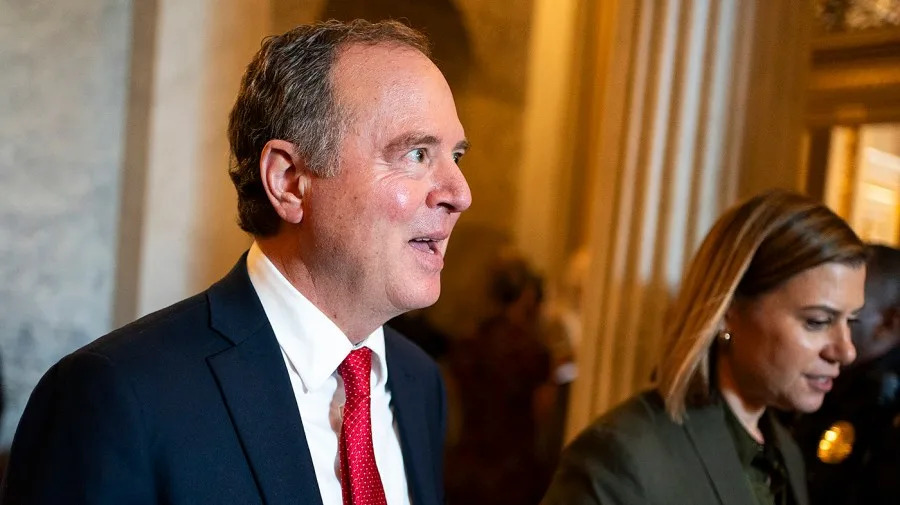
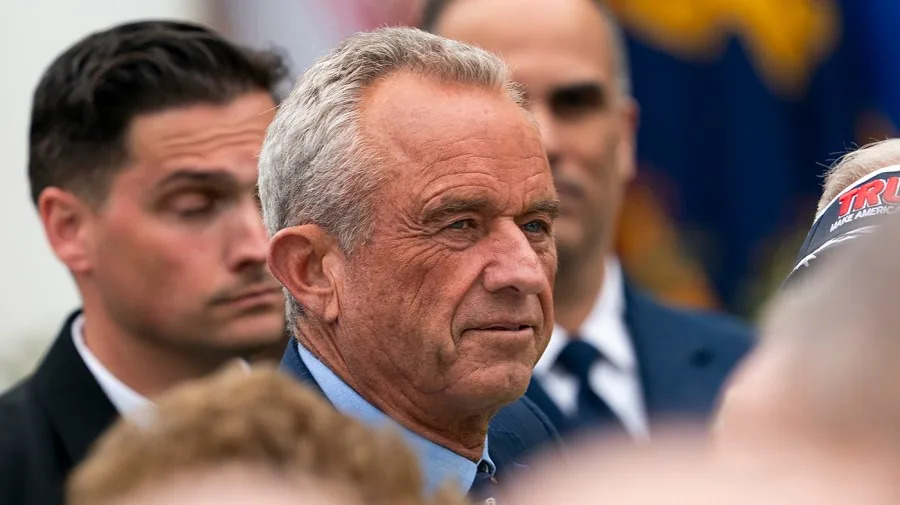
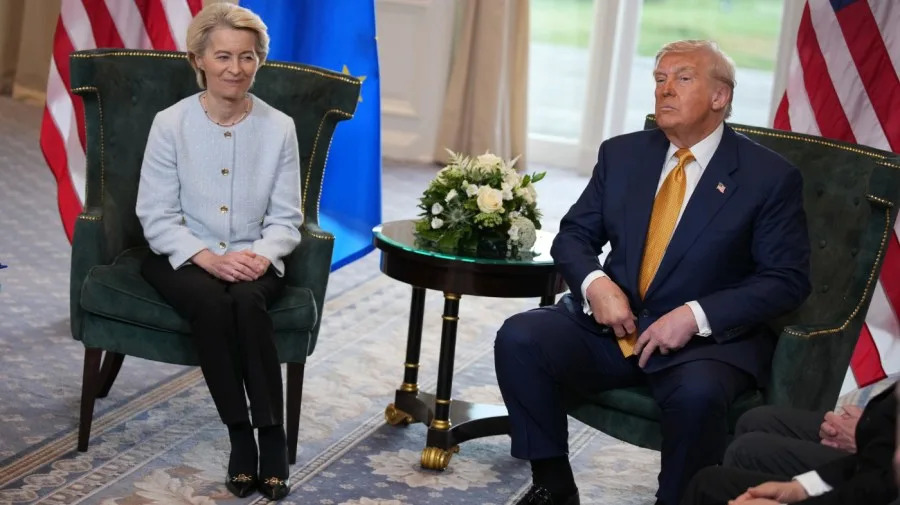

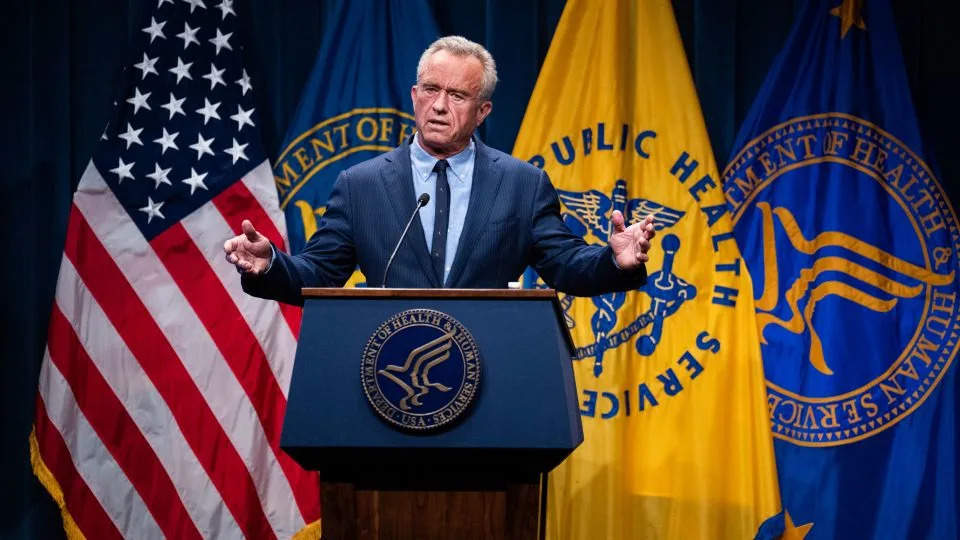

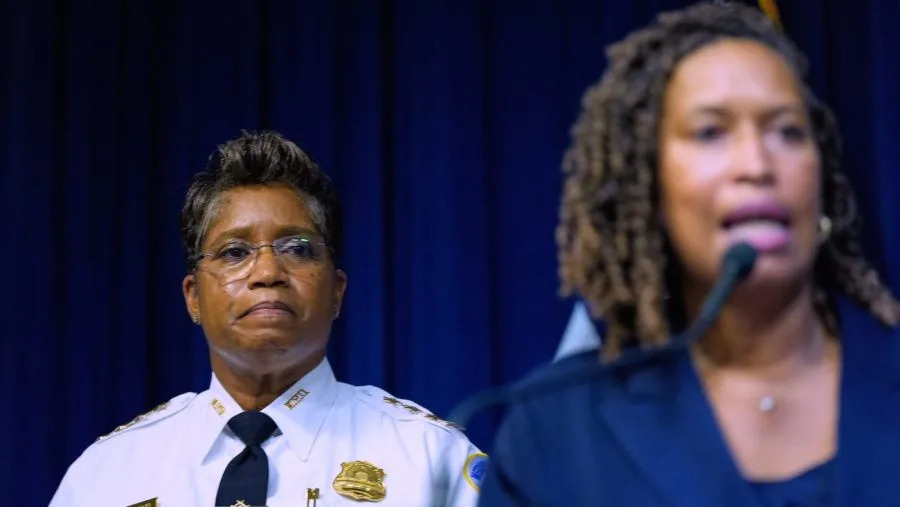
Comments